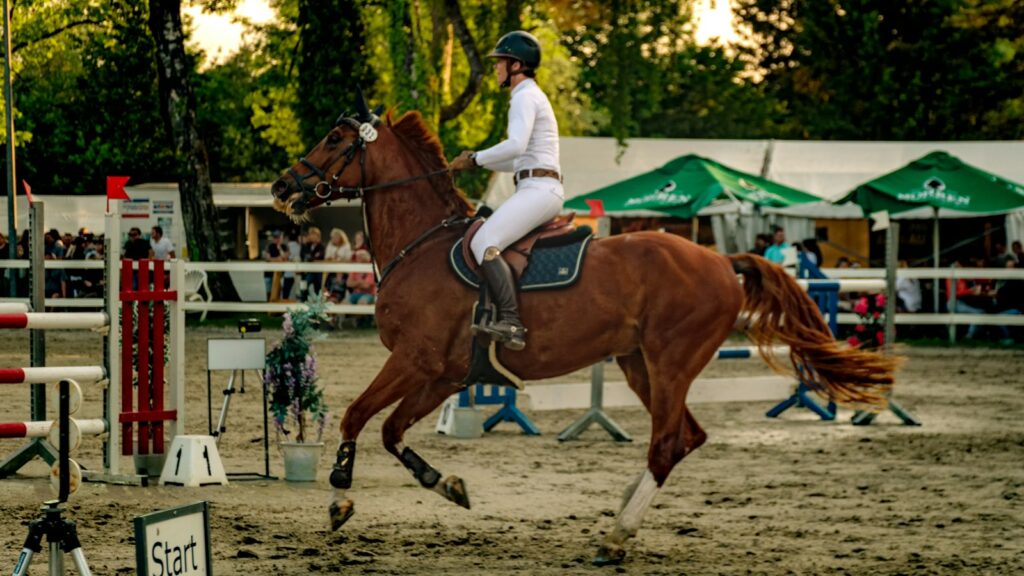From ancient cave paintings to modern cinema, horses have galloped through human consciousness for millennia, leaving hoof prints across our culture, art, and mythology. These majestic creatures have been worshipped as divine messengers, celebrated as loyal companions, and revered as symbols of freedom and power. The relationship between humans and horses extends beyond mere domestication—it’s woven into the very fabric of civilizations, shaping how we view these animals even today. This article explores the fascinating journey of how mythology and historical interactions have influenced our perception of horses, creating a cultural legacy that continues to resonate in contemporary society.
The Dawn of Equine Admiration: Prehistoric Connections
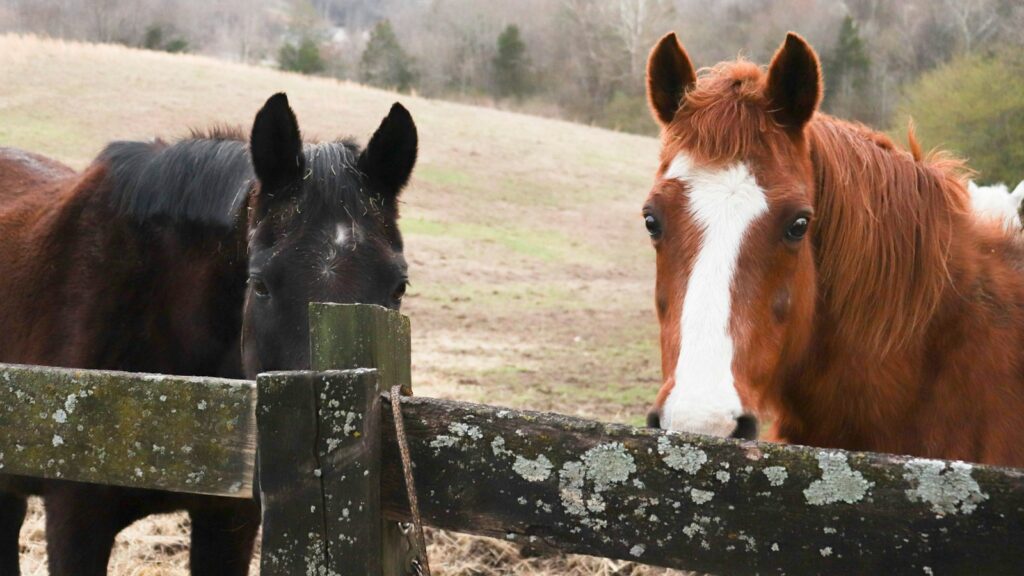
Our fascination with horses began long before written history, as evidenced by the stunning cave paintings at Lascaux and Chauvet in France, dating back approximately 17,000 years. These ancient artists devoted significant wall space to depicting horses, suggesting they held special significance even before domestication. The level of detail in these prehistoric illustrations reveals keen observation and perhaps reverence for wild equines. Interestingly, horses appear more frequently than any other animal in European cave art, comprising about 30% of all identified animal figures. This early artistic focus foreshadowed humanity’s enduring connection with horses, establishing them as creatures worthy of attention and artistic commemoration.
Divine Steeds: Horses in Ancient Mythology
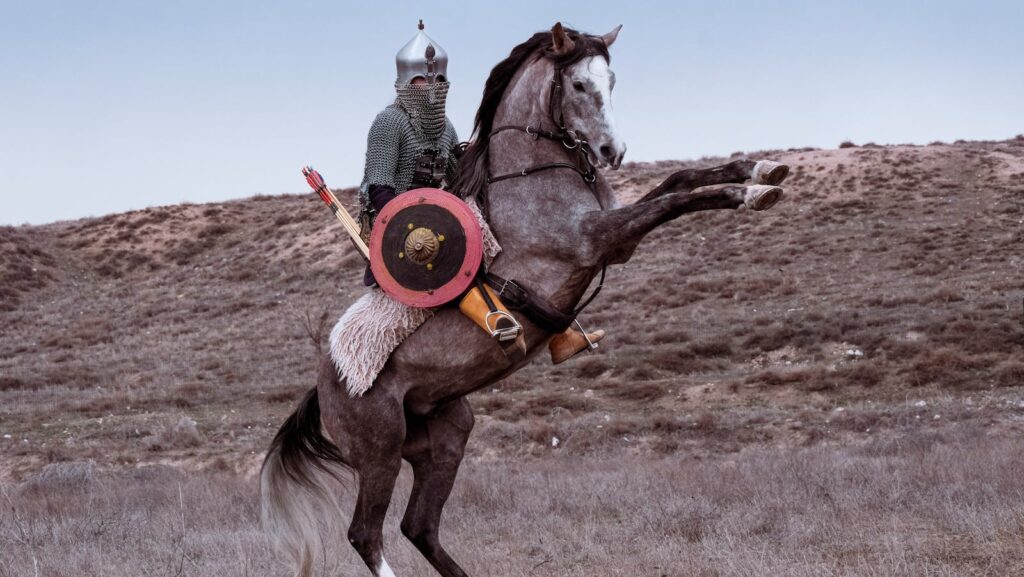
Across ancient civilizations, horses transcended their earthly status to become associated with deities and cosmic forces. In Greek mythology, the sun god Helios drove a chariot pulled by four fire-breathing horses across the sky each day, literally powering the movement of the sun. Norse mythology featured Sleipnir, Odin’s eight-legged horse capable of traversing between realms of the living and dead. The Hindu tradition speaks of Uchchaihshravas, the white seven-headed horse born during the churning of the cosmic ocean. These mythological representations imbued horses with supernatural qualities, establishing them as creatures bridging the mortal and divine realms. This divine association elevated horses above ordinary animals in human perception, creating a legacy of reverence that persists in cultural memory.
Horses as Kingmakers: Equines in Political Symbolism
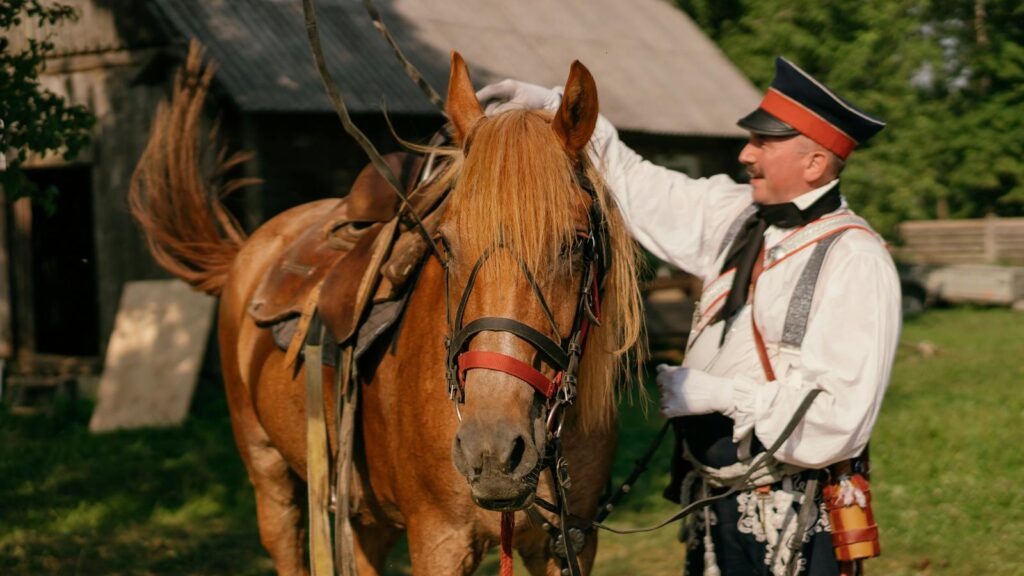
Throughout history, horses became inextricably linked with political power and leadership. From Alexander the Great’s famous Bucephalus to Napoleon’s Marengo, the relationship between rulers and their horses often became legendary, symbolizing the special qualities of the leader himself. The equestrian statue became a universal symbol of leadership and military prowess, adorning city centers from ancient Rome to modern capitals. Many cultures developed beliefs that a ruler’s horsemanship directly reflected their fitness to govern, as seen in the Mongol Empire where leadership was inseparable from riding skill. This political symbolism transformed horses into status symbols, with specific breeds, colors, and training becoming indicators of wealth and power—a perception that continued through medieval European courts and remains evident in modern royal pageantry.
Pegasus and Unicorns: Horses of Fantasy and Imagination
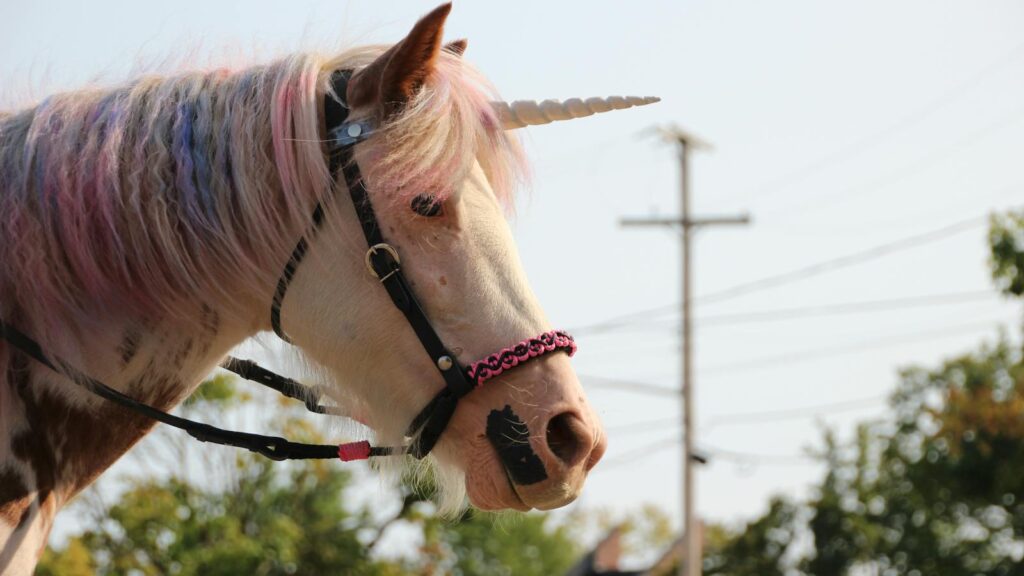
The horse’s form proved the perfect canvas for human imagination, giving rise to some of mythology’s most enduring hybrid creatures. Pegasus, the winged horse from Greek mythology born from Medusa’s blood, represented divine inspiration and poetic creativity, eventually becoming a universal symbol for freedom and transcendence. The unicorn, with its spiraling horn projecting from a horse-like body, evolved from ancient descriptions of possibly real animals into medieval symbols of purity and grace. Centaurs, with human torsos merged with equine bodies, embodied the duality of human nature—intellectual capacities combined with animal instincts. These fantastic variations on the horse theme reveal humanity’s tendency to use the familiar equine form as a starting point for exploring philosophical and spiritual concepts. Their persistence in modern fantasy literature and film demonstrates the continuing power of these mythological horse-based creatures to captivate human imagination.
Domestication: The Partnership That Changed History
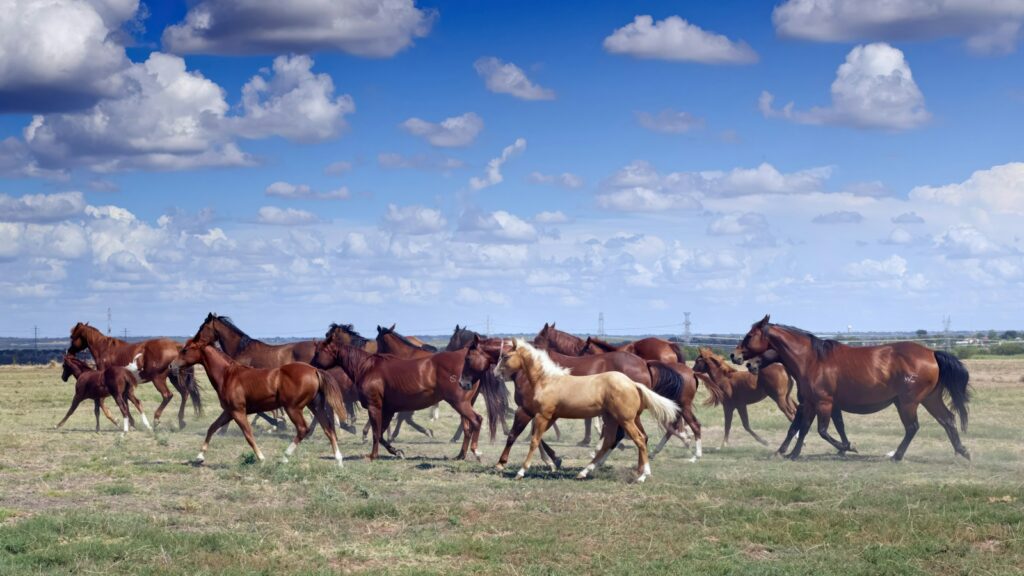
The domestication of horses around 6,000 years ago in the Eurasian steppes represents one of the most transformative developments in human history, fundamentally altering our perception of distance, trade, and warfare. Archaeological evidence suggests early domestication occurred among the Botai culture in present-day Kazakhstan, where horses initially provided food and transportation. This partnership between humans and horses dramatically expanded human mobility, allowed for more efficient communication across vast territories, and created new possibilities for cultural exchange. The transition from viewing horses as prey to seeing them as partners represents a profound perceptual shift that reshaped human relationships with the natural world. This revolutionary partnership laid the groundwork for many human advancements, from the development of roads to the rise and fall of empires, cementing horses as agents of human progress rather than simply animals.
Horses of War: Battlefield Perceptions
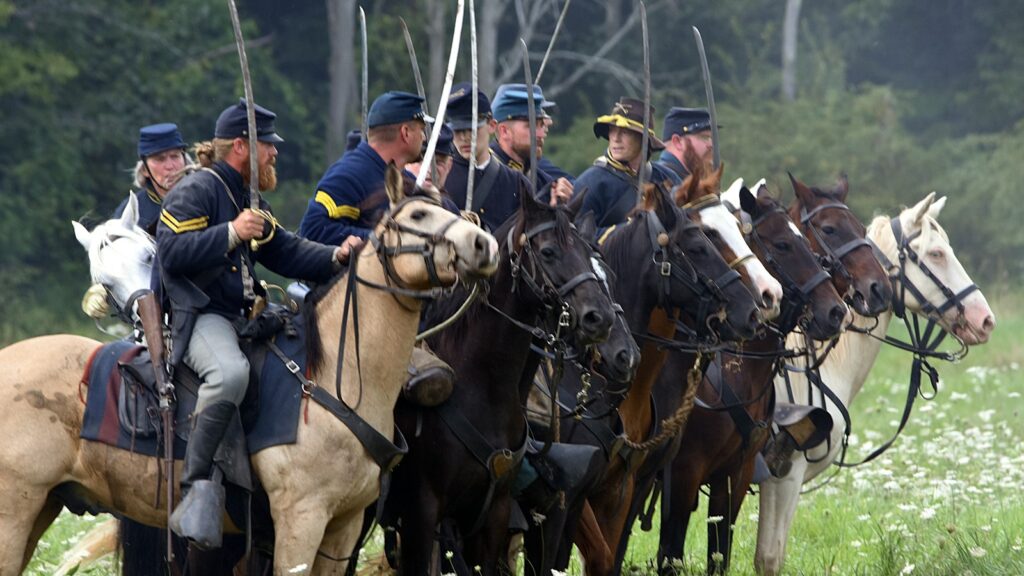
For thousands of years, horses transformed warfare, creating powerful associations between equines and martial prowess that still influence our perception today. The development of cavalry around 900 BCE gave mounted warriors tremendous advantages in speed, height, and force, making the warhorse a fearsome symbol on ancient battlefields. Archaeological finds like the terracotta army of Emperor Qin Shi Huang demonstrate the central importance of horses in military might, with carefully crafted equine figures standing alongside human warriors. Cultures developed specialized breeding programs for warhorses, with medieval destriers and Arabian horses becoming prized for their battlefield qualities. The image of the charging warhorse became so powerfully ingrained in human consciousness that it survived the obsolescence of actual cavalry in modern warfare, persisting in military insignia, memorials, and ceremonial functions worldwide.
Sacred Horses: Religious Significance Across Cultures
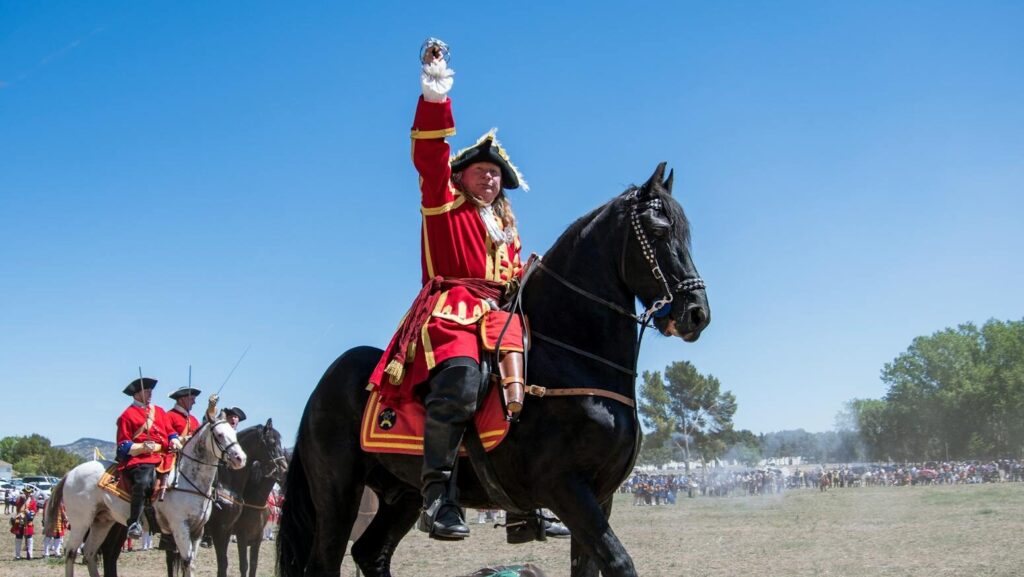
Horses have occupied privileged positions in numerous religious traditions, further enhancing their cultural status beyond ordinary animals. In Vedic tradition, the Ashvamedha or horse sacrifice represented one of the most significant rituals a king could perform, symbolizing his sovereignty and connection to cosmic order. Celtic cultures associated horses with the goddess Epona, protector of cavalry, ponies, and mules, whose worship spread even to Roman military units. The white horse appears in the Book of Revelation as a mount for the faithful and true leader, becoming a powerful apocalyptic symbol in Christian tradition. These sacred associations elevated horses within cultural hierarchies, often placing them in intermediary positions between humans and divine forces. This religious significance reinforced perceptions of horses as creatures deserving special treatment and consideration, differentiating them from ordinary livestock.
Nomadic Cultures: Life Centered Around Horses
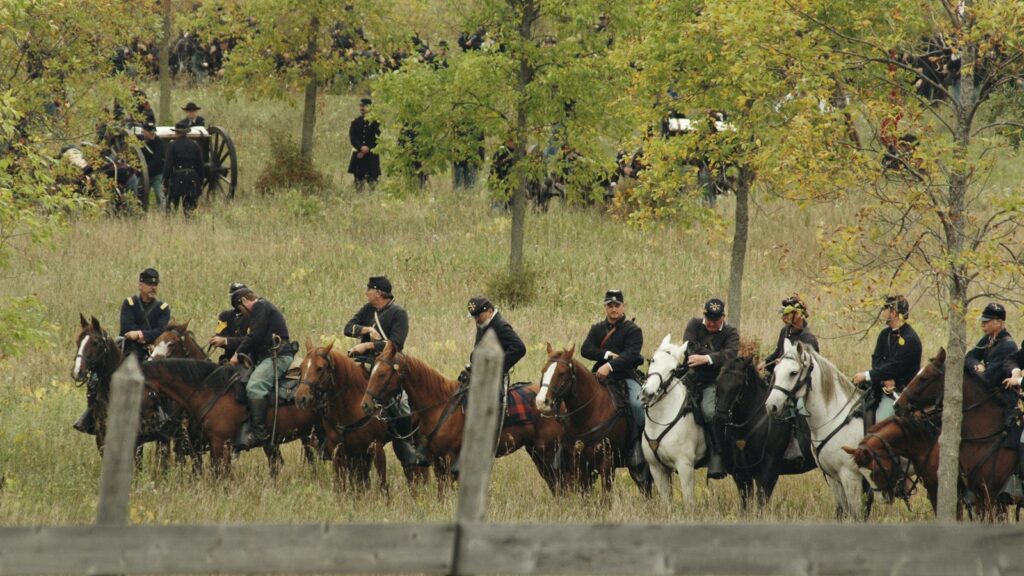
For nomadic peoples across history, horses became central to cultural identity, influencing everything from diet to spiritual beliefs. The Mongolian relationship with horses represents perhaps the most profound example, with riders learning horsemanship from childhood and developing techniques for mounted archery that created one of history’s most formidable military forces. The Scythians of the Eurasian steppes developed elaborate horse burials, sometimes sacrificing dozens of horses to accompany important individuals to the afterlife. Native American tribes like the Comanche and Lakota experienced cultural renaissances after adopting horses, developing distinctive riding styles and horse-centered spiritual practices. These cultures viewed horses not merely as tools or possessions but as integral community members, developing specialized vocabulary, customs, and beliefs around equine care and behavior that reflected deep understanding and respect.
Artistic Representations: Horses in Visual Culture
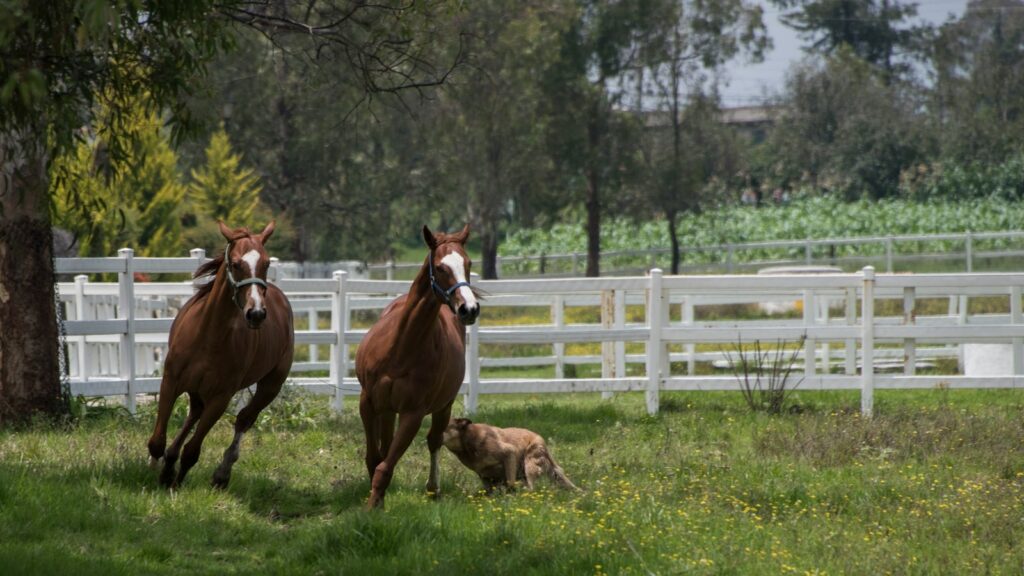
Throughout art history, horses have been subjects of intense artistic focus, with representations evolving to reflect changing human relationships with these animals. Ancient Greek sculptures like those on the Parthenon frieze established ideals of equine beauty that influenced Western art for centuries, emphasizing muscular proportions and noble bearing. Chinese Tang dynasty ceramic horses with their flowing lines and expressive postures reveal cultural preferences for energy and spirit in equine representation. The anatomical studies of horses by Leonardo da Vinci and other Renaissance masters elevated equine art to scientific precision, while Romantic painters like Théodore Géricault dramatized horses’ wild nature and emotional expressiveness. These artistic traditions created visual vocabularies for understanding horses, teaching generations of viewers to recognize and appreciate specific equine qualities like grace, power, and speed through cultural rather than personal experience.
Literary Horses: From Epic Poetry to Modern Fiction
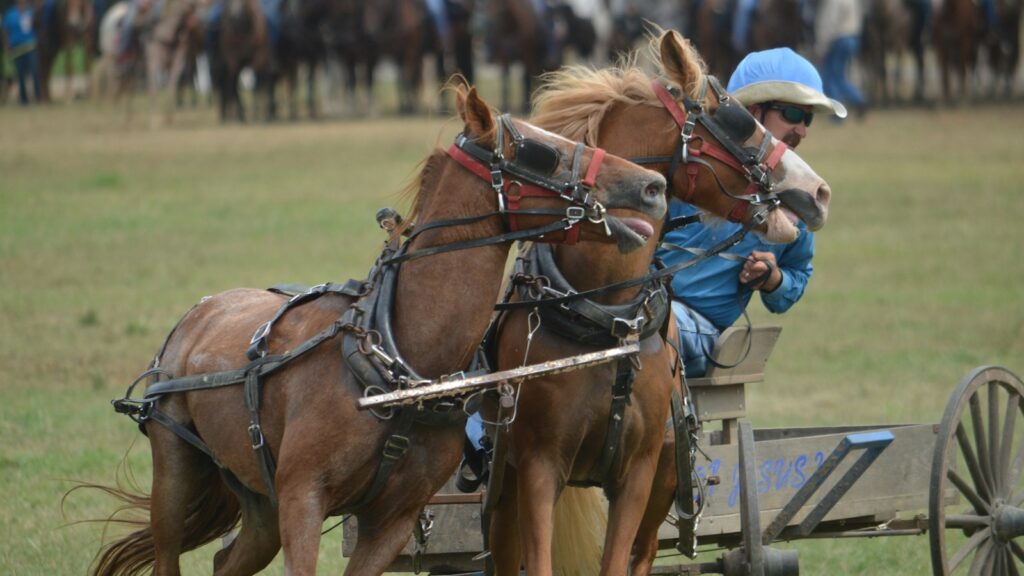
Literature has profoundly shaped how we perceive horses, often using these animals to explore human themes of freedom, loyalty, and connection to nature. Ancient epics like the Iliad dedicate significant passages to describing horses, including Achilles’ immortal steeds who weep for the fallen Patroclus, establishing horses as emotionally sensitive creatures. Medieval romances featured horses as extensions of knightly identity, with names and characteristics almost as developed as their human riders. The Black Stallion, Black Beauty, and War Horse represent modern literary traditions that place horses at narrative centers, often using first-person or close third-person perspectives to imagine equine consciousness. These literary representations have created emotional connections between readers and fictional horses, encouraging empathetic perspectives toward real animals and establishing narrative expectations about horse behavior and human-equine relationships that influence actual interactions.
Working Partners: From Farm Fields to Factory Floors
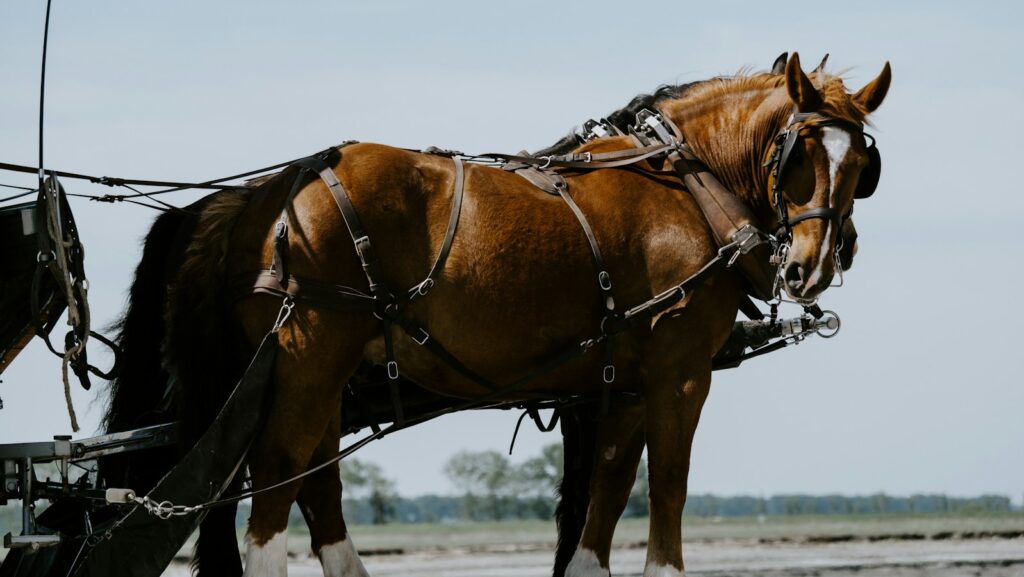
The industrial applications of horse power fundamentally shaped economic development while creating cultural categories distinguishing different types of horses based on their human uses. Draft breeds like Clydesdales and Percherons became agricultural icons, their massive frames and patient temperaments symbolizing rural values and steady progress. Urban working horses pulled omnibuses, fire wagons, and delivery carts, becoming integral to city infrastructure before motorization. Mine ponies spent generations underground, developing specialized adaptations and skills for their unusual working environments. This utilitarian relationship created hierarchical perceptions of horse types and values, with distinctions between “cold-blooded” work horses and “hot-blooded” riding horses reflecting human class structures as much as equine characteristics. The decline of working horses in industrialized nations transformed them from essential economic partners to recreational luxuries, significantly altering their cultural position.
The Modern Transformation: From Transportation to Companion
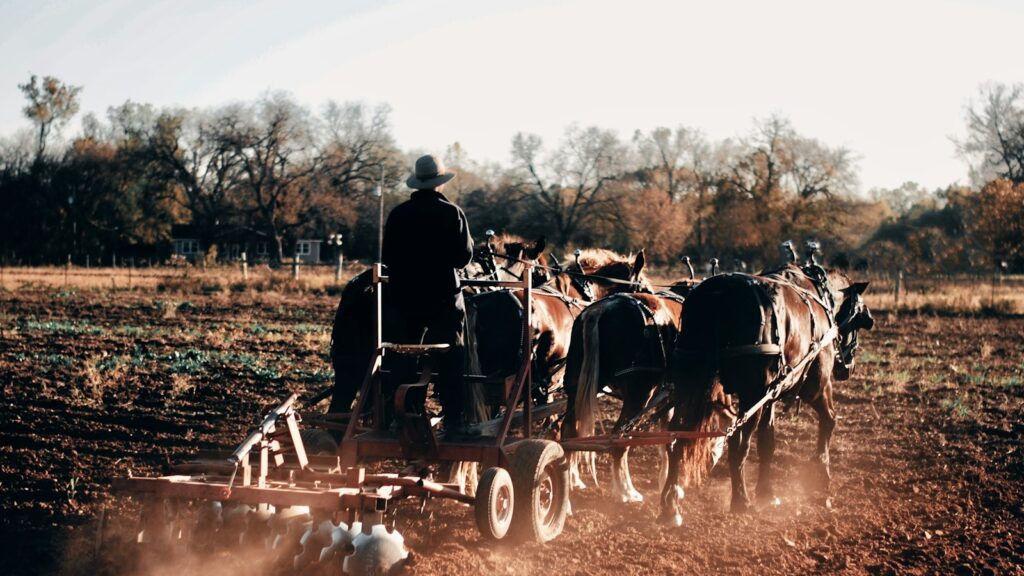
The 20th century witnessed a profound shift in human relationships with horses, as mechanization replaced equine labor and new roles emerged. As automobiles, tractors, and tanks made working and military horses increasingly obsolete, horses transitioned primarily into recreational and sporting roles. This shift transformed perceptions from viewing horses as tools or military assets to seeing them as companions, athletes, and even therapists. The emergence of therapeutic riding programs brought horses into healthcare contexts, developing new appreciation for their psychological and emotional impacts on humans. The growth of natural horsemanship movements emphasized partnership rather than dominance in training methods, reflecting broader cultural shifts toward more egalitarian relationships. This modern transformation represents perhaps the most significant perceptual shift since domestication, repositioning horses in cultural consciousness as beings valued for relationship rather than utility.
Contemporary Symbolism: Horses in Modern Mythology

Even in today’s technological world, horses retain powerful symbolic resonance, appearing in everything from corporate logos to political metaphors. The Ferrari prancing horse and Mustang automobile brand demonstrate how equine imagery continues to convey speed, power, and freedom in commercial contexts. Film productions like “The Lord of the Rings” and “Game of Thrones” invest significant resources in authentic equine performances, recognizing horses’ ability to create historical authenticity and emotional impact. Political language remains filled with horse metaphors, from “dark horse candidates” to economic “workhorses” and “stalking horses.” This persistent symbolism reflects horses’ unique position in human psychology, occupying a middle ground between wild and domestic, working partner and respected other. Their continued prominence in cultural symbolism, despite their diminished practical role, demonstrates the enduring influence of historical and mythological associations on our perception of these remarkable animals.
Conclusion
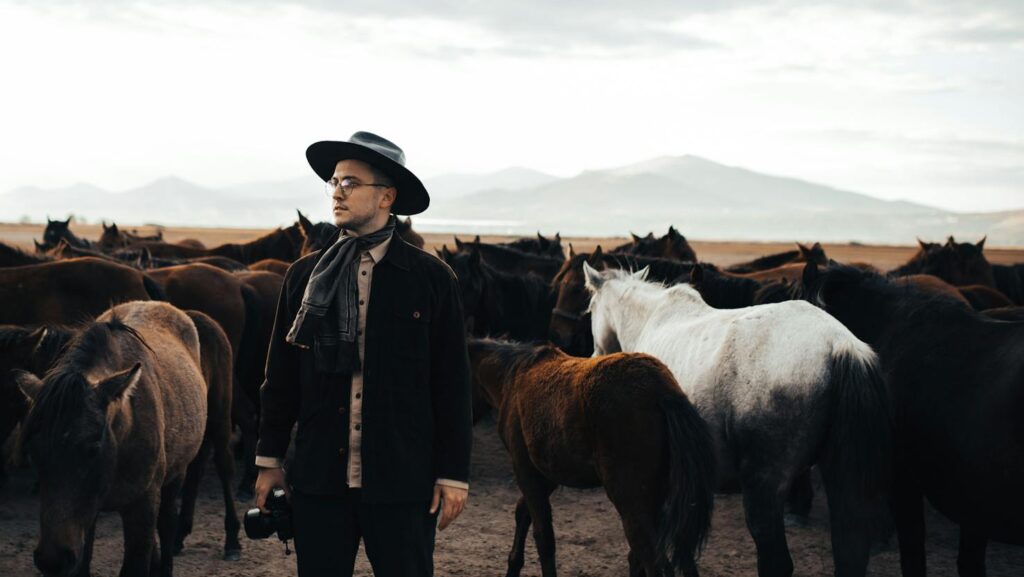
The story of horses in human consciousness represents one of our species’ most enduring interspecies relationships, shaped by practical necessity, spiritual connection, and artistic imagination. From divine messengers racing across the sky to patient workhorses plowing fields, our perceptions of horses have evolved alongside our changing needs and values. What remains consistent across time and cultures is the horse’s special status—neither entirely wild nor fully domesticated, simultaneously powerful and gentle, capable of both independence and deep partnership. As we continue into an era where direct contact with horses becomes increasingly rare for many people, the myths, histories, and cultural representations we’ve created ensure these animals maintain their gallop through human imagination, carrying forward ancient perceptions into new forms of appreciation and understanding.

